Tag: network
Giving the AT&T BGW320 the boot with a Cisco ASR-1001.
by firestorm_v1 on Dec.23, 2024, under Hardware, Miscellaneous, Networking
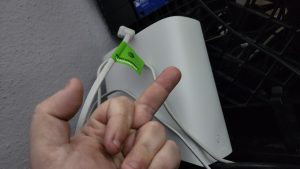
It’s a tale as old as time. Great and stable Internet connectivity that’s hamstrung by a really sub-par CPE gateway device. AT&T fiber is no exception, if at anything, it’s the perfect example of this situation. The reliability and consistency of fiber, but their CPE gateway is known for causing all kinds of networking issues. In this article, I’ll be talking about what I had to go through to replace it with a Cisco ASR-1001.
(continue reading…)How to use Nagios and NRPE to monitor remote OPNSense HA secondary routers
by firestorm_v1 on Jul.19, 2024, under Linux, Networking, Software

In this article, I’ll be discussing how to use the Nagios NRPE (Nagios Remote Program Executor) service to monitor the remote secondary OPNSense firewall in a high availability configuration to overcome a VPN routing limitation where the secondary instance is not reachable. The root cause is due to the way the VPN routing is performed in OPNSense where the incoming traffic flow won’t communicate due to a routing conflict. While this issue isn’t an OPNSense specific issue (it affects pfSense and other firewalls that use HA/CARP with VPN).
(continue reading…)Breathing new life into Ruckus SmartZone 100 controllers (now EOL’d)
by firestorm_v1 on May.02, 2024, under Hardware, Investigative Dissassembly, Networking
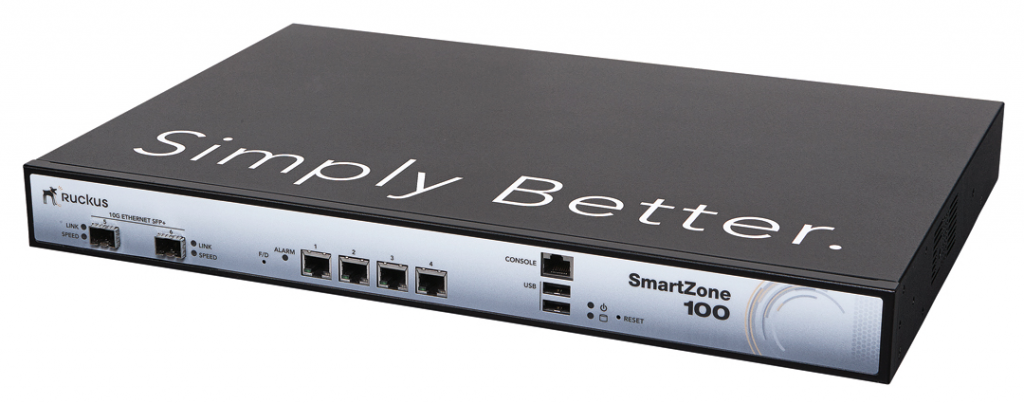
Just like with most things, IT equipment has to evolve over time and wireless connectivity is one of those things. The company I work for decided to replace their aging Ruckus controllers and access points with Meraki access points (The decision was way above my paygrade) so that left a treasure trove of hardware behind that was destined for the waste bin. In this article, I’ll talk about the HA pair of the SmartZone100 controllers from Ruckus, their hardware capabilities, and what I plan on doing with my pair.
(continue reading…)Cruising with WiFi – Is that a travel router in your pocket?
by firestorm_v1 on Jan.10, 2019, under Embedded devices, Hardware, Networking

Carnival Vista
Internet access on cruise ships is now a common occurrence and more commonly, I get frequent questions on how to “game” the system and get Internet access without paying for it. The short of it is, you’re going to have to purchase at least one account to get anything online. The long of it lies in the rest of this article and it’ll be up to you to decide if it’s worth the effort. Quick spoiler alert: For me it wasn’t, and I ended up buying another access to get myself and my wife online at the same time. While it was a punch in the pocketbook, it was a lot cheaper to pay money to resolve than the costs incurred in other areas (time, frustration, etc.).
Networking on the Go – Creating a trusted wireless network in a sea of untrusted wireless
by firestorm_v1 on Aug.18, 2018, under Hardware, Networking, Security
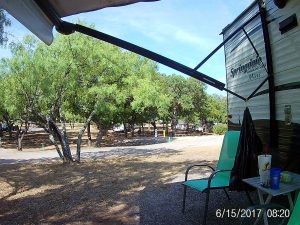 In this article, I’ll be going over my setup for being able to join my camper’s wireless network to a host wireless network (RV park wifi, state park wifi, etc..) with the purpose of maintaining security and convenience between switching wireless networks. Even though you’re on-the-go, you shouldn’t sacrifice security for convenience of park wifi, and at the same time, changing the wireless configuration on a slew of devices is inconvenient at best and maddening at worst. First I’ll cover why you want to consider this method versus other methods, then I’ll itemize a product list, then finally we’ll jump right into configuration. When we’re done, you’ll have your trusted wireless network all set up and ready for your devices.
In this article, I’ll be going over my setup for being able to join my camper’s wireless network to a host wireless network (RV park wifi, state park wifi, etc..) with the purpose of maintaining security and convenience between switching wireless networks. Even though you’re on-the-go, you shouldn’t sacrifice security for convenience of park wifi, and at the same time, changing the wireless configuration on a slew of devices is inconvenient at best and maddening at worst. First I’ll cover why you want to consider this method versus other methods, then I’ll itemize a product list, then finally we’ll jump right into configuration. When we’re done, you’ll have your trusted wireless network all set up and ready for your devices.
Cisco WiFi – Disconnect from the hive mind
by firestorm_v1 on Jul.16, 2015, under Embedded devices, Hardware, How-To's, Linux, Networking
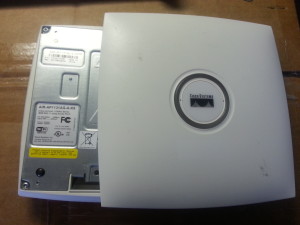
Cisco AIR-AP1131AG-A-K9
Everyone knows that I love a bargain. That love for bargains is intensified any time networking gear is involved. Imagine my excitement when I found a bunch of the above pictured Cisco access points on Ebay for around $8 a pop because the lid won’t stay on. Unfortunately, my excitement was tempered a bit when I found out that these were designed to work with a controller and weren’t stand alone units. Undeterred by this disappointment, I researched and found a way to get these things to operate on their own as standalone units and freed them from the hive mind! In this article, we will cover converting the Cisco AIR-AP1131AG-A-K9 from “Lightweight”(controller-based) to “Autonomous”(standalone) and will even cover how to put them back in “Lightweight” mode if you want later on.
Giving a PIX firewall a new lease on life
by firestorm_v1 on Jan.24, 2014, under Embedded devices, Hardware, Networking
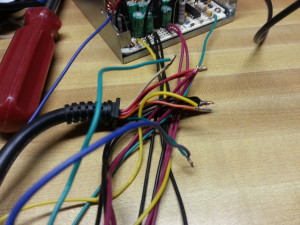
Buying networking equipment off of Ebay can be one of the most rewarding and frustrating challenges you may ever face. Of course, being able to identify and fix issues with newly purchased hardware may mean the difference between having purchased a $500 firewall for $11 and some parts versus buying another piece of crap for $11 that will live out its life in the back of the parts closet. In this article, I’ll cover how to replace the power supply to a Cisco PIX 506E firewall with a standard computer power supply.
Networking: Bringing IPv6 into your network using pfSense
by firestorm_v1 on Dec.01, 2011, under How-To's, Networking, Software
 The Internet as we know it is undergoing a significant change. With the last IPv4 addresses being allocated out, the Internet has officially run out of address space. IPv6 is the next-generation IP addressing system that aims to resolve this issue however the changes proposed are drastically different than the current IP schema currently in place and for most is quite a daunting task to switch. In this post, we will cover some basic IPv6 information and some fundamental differences between v4 and v6 (aside from tons of IPs), and finally we will build out a pfSense firewall with IPv6 using pfSense and a free IPv6 tunnel provided by Hurricane Electric. Read more to get started on the cutting-edge of Internet infrastructure. (continue reading…)
The Internet as we know it is undergoing a significant change. With the last IPv4 addresses being allocated out, the Internet has officially run out of address space. IPv6 is the next-generation IP addressing system that aims to resolve this issue however the changes proposed are drastically different than the current IP schema currently in place and for most is quite a daunting task to switch. In this post, we will cover some basic IPv6 information and some fundamental differences between v4 and v6 (aside from tons of IPs), and finally we will build out a pfSense firewall with IPv6 using pfSense and a free IPv6 tunnel provided by Hurricane Electric. Read more to get started on the cutting-edge of Internet infrastructure. (continue reading…)
Networking: Installing and configuring pfSense Embedded
by firestorm_v1 on Nov.11, 2011, under Embedded devices, How-To's, Networking, Security, Software

After publishing the last post on networking and the security series, I felt it was necessary to go ahead and publish a piece on building a custom router. I have been a fan of pfSense for the past four years and swear by it. It has the ease of use of a commercial GUI-driven router and unrivaled flexibility limited only by the hardware it is installed on. In this howto article, we will cover installing pfSense on an embedded platform and initial configuration for getting your router up and running.
Reviews: WD TV Live Plus
by firestorm_v1 on Aug.26, 2011, under Hardware, Networking, Product Reviews

In this post, I will review a recently acquired WD TV Live Plus purchased from Microcenter for around $100. The quest was to find a media player solution that could read media from network shares and play them with minimal fuss. Since this is going to be attached to the primary TV, it has to be “Girlfriend Approved” and easy to use. I believe that the WD TV Live Plus fits this requirement adequately however the installation of the device could be easier. Once done, the device is wonderful. Read the full review after the break.